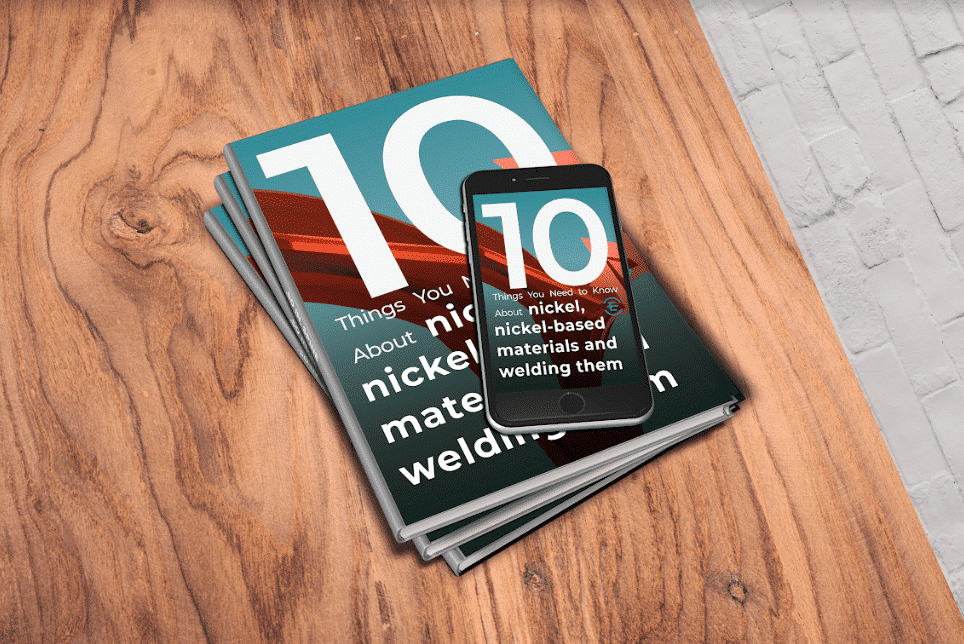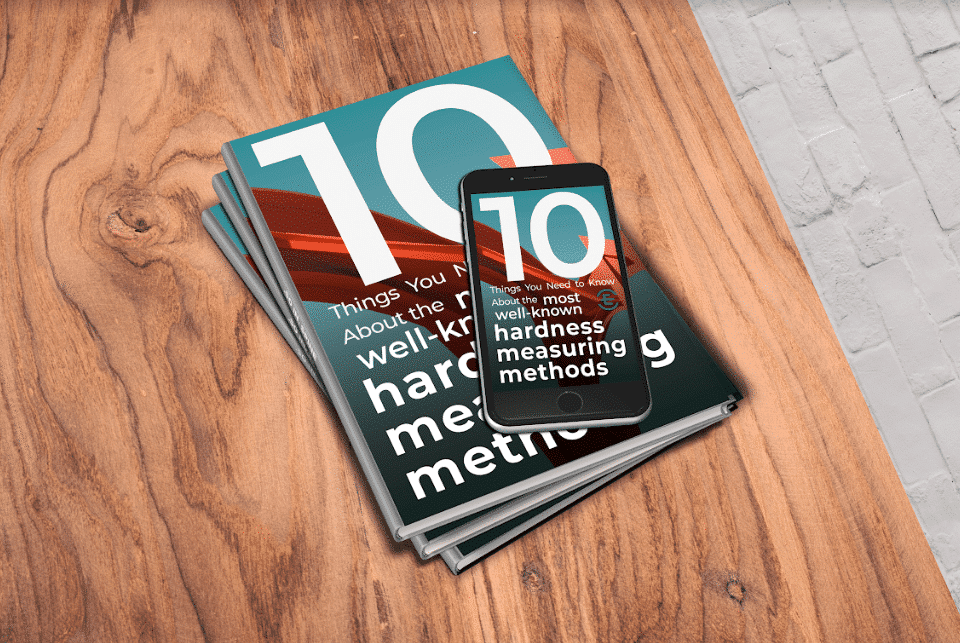Corrosion in Europe
EUROCORR [1] is the most important corrosion conference in Europe, which was organized for the first time in France. It has become an annual event, which rotated between different countries from Italy, Sweden, Austria, France, Czech Republic, Serbia and finally to Spain. EUROCORR 2020 will be held in Belgium, while Hungary won the right to organize the congress in 2021. Every edition of the congress has a key theme, sometimes clearly professional, other times more intended as thought starters. Two of these deserve to be highlighted:
– ’Advances in linking science to engineering’ – it is an excellent reflection of today’s problems, particularly the relationship between industry and science, because not all scientific assumptions and experiments are suitable for use in industrial environments. Corrosion is a phenomenon, in which the two participants cannot live without each other: problems are born in the industries and solved by science; for example with a new coating or material for corrosion protection or a new installation design.
– ‘Corrosion control for a Blue Sky’ was the conference’s mysterious slogan in 2013. Based on research, there is no evidence to support that corrosion control would protect the blue sky. Nowadays, the most current topic is global warming, to which emissions from ocean liners contribute significantly. These emissions cannot be prevented by corrosion resistance, this method only protects the ship.
The conference discusses the results of scientists researching corrosion and corrosion control topics like metal coatings, oil industry applications or the modelling of corrosion mechanisms. By the way, what is corrosion?
The definition of corrosion according to the ISO 8044:2020 standard is: it is a physicochemical interaction between a metallic material and its environment that results in changes in the properties of the metal, and that may lead to significant impairment of the function of the metal, the environment or the technical system, of which these form a part.
Steel can exhibit different types of corrosion such as [2, 3]:
– uniform and general corrosion: electrochemical corrosion on the entire surface
– localized corrosion: localized electrochemical corrosion
– pitting: localized electrochemical corrosion, which causes a surface flaw
– galvanic corrosion: due to the action of a corrosion cell
– stress corrosion: due to applied or residual stress
– intergranular corrosion: corrosion in or adjacent to the grain boundaries of a metal
– erosion corrosion: caused by high-speed flow
– fretting corrosion: oscillatory slip between two vibrating surfaces in contact
Stainless steels are widely used in the industry where avoiding corrosion is important. Pitting is the typical corrosion type of this steel. Appearance, effect and prevention of pitting is a popular topic among researchers, which can be read in the next chapter.
References:
[1] www.eurocorr.org
[2] ISO 8044:2020 standard: Corrosion of metals and alloys — Vocabulary
[3] R.F. Stratfull, K.C. Clear, C.F. Crumpton, J.E. Bukovatz, R.M. Weed, R.G. Pike, R.E. Hay, J.R. Clifton, H.F. Beeghly, R.G. Mathey, P.L. Todd, Corrosion and Corrosion Protection., Transp. Res. Rec. (1974).




